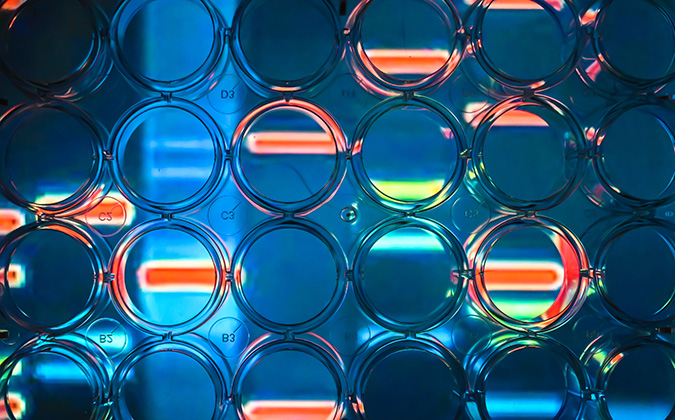
Mollusk farms must prepare for more disease under climate change
Warmer seawater is creating perfect conditions for many mollusk pathogens to thrive, scientists have warned.
In a review of evidence on the current state of mollusk health, the US researchers urged mollusk farmers and government regulators to prepare for more outbreaks of diseases, including vibriosis, under climate change.
New microbial treatments, including probiotics and phage therapy, hold “great promise” for stemming these rising infection rates, they wrote.
Microbial disease in mollusks: a familiar, but growing problem
Mollusk farmers are all too familiar with diseases caused by microbes. Vibrio bacteria are a leading cause of mortality among reared shellfish, as well as food poisoning for humans who eat infected seafood. Abalone farms also grapple with withering syndrome, a disease caused by the bacterium Candidatus Xenohaliotis californiensis.
In 2014, the World Bank estimated that microbial threats cost the global aquaculture industry $6 billion every year. Meanwhile, the annual cost of food poisoning from shellfish to the US economy (through lost wages and medical care, for example) is over $3 billion, the US Department of Agriculture reports.
“Unless these microbial threats can be managed, these costs will continue to accrue,” the scientists from the Universities of California and Memphis wrote.
Climate change is driving up the risk of microbial disease on mollusk farms. Rising water temperatures are causing several pathogens, notably various types of Vibrio bacteria (the cause of vibriosis), to spread and become more virulent.
V. parahaemolyticus, for example, thrives in temperatures over 15° C. As oceans warm up, this leading cause of foodborne illness is rapidly moving northward.
Higher temperatures also weaken mollusks’ immunity through physical stress. Abalone are more susceptible to withering syndrome and V. harveyi infections in warmer conditions. Compounding climate change’s health effects is dense stocking, which can encourage the spread of disease.
New treatments can help tackle microbial disease
“We must prepare for increased disease in aquatic animals,” the scientists advised, while highlighting the potential of two new microbe-based treatments.
Probiotics are a promising alternative to antibiotics, the primary treatment for microbial disease in adult mollusks. These live microorganisms are added to an animal’s diet to enhance its immune system and strengthen its gut microbiome.They are already widely used in animal husbandry, and a number of hatcheries for mollusk species, including oysters and bay scallops, already use probiotics as a primary treatment against Vibrio pathogens.
The second treatment discussed by the scientists is phage therapy. This fights infections with phages (viruses) that are natural enemies of pathogenic bacteria. It has shown some promising results in mollusk aquaculture, reducing the effects of rickettsial-disease withering syndrome in black abalone, for instance. Phage therapy also offers advantages over antibiotic treatment: It has almost no effects on the host’s health.
Both treatments have some drawbacks, however. Effects of probiotics vary by species, and some target bacteria may become resistant to phage therapy, for instance. They nonetheless show great promise in mitigating disease and have the added benefit of enhancing yields and reducing reliance on antibiotics.
Other critical elements of disease management highlighted by the scientists include monitoring of pathogenic microbes in a farm’s vicinity; monitoring environmental factors that influence disease, such as temperature; and drawing on the wealth of knowledge held by indigenous communities who have farmed shellfish for millennia.
You can read the full journal article in Sustainable Microbiology.






